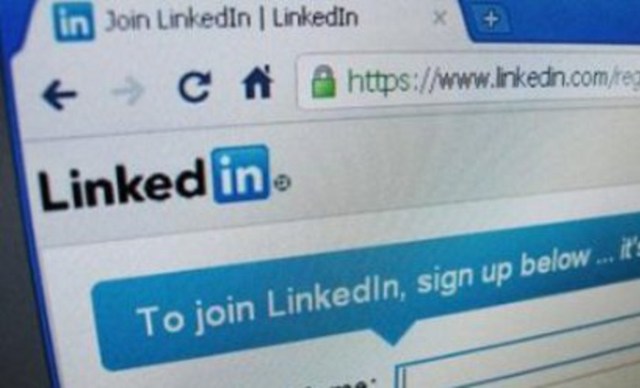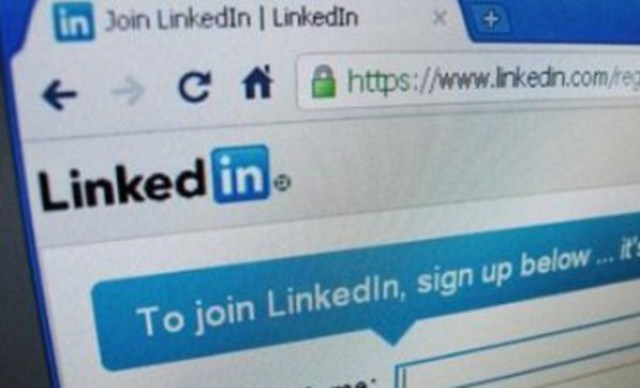
Here's what your fellow professionals from our LinkedIn group had to say in September.
Yes we have. It can take time depending on the job in question for clients to realise that basing purchasing decisions exclusively on price alone can present a false economy in the long run. We, like everyone, attempt to offer our most competitive price, and it would be naive to suggest we never entertain the possibility of a re-quote on occasion, however winning work on price alone is dangerous for all concerned. Experience, quality, service, reliability and client education is the key to removing price as the top factor in winning work. [Click here to comment]
Andrew Durnford, sales & marketing executive, Industrial Printing Company
Can you see the value in registering with an online print marketplace?
I'm not a printer, but 600 of my clients are, and I have been dealing with the industry for 25 years. If you mean those price comparison sites where printers effectively bid their best price on jobs – then definitely no! They are bad, bad, very bad on so many levels. These sites de-skill, trivialise, and are killing the industry! They take the Vistaprint model to a whole new level. Buyers who buy print from these sites are looking at the price and price only – not quality, service, expertise, long-term relationships. There is no customer relationship, no customer loyalty. For most printers they won't be the cheapest – ever! Why try and be? You won't be able to compete with countries where labour is cheaper. The internet knows no geographic bounds so any printer can sign up from India, China, Indonesia. Printers can add no value by signing up to these websites – they cannot communicate their unique selling point. The premise of these sites is they give printers more work, for a small commission or membership fee. But what kind of work are they passing on? Profitable work? I doubt it. It makes print into merely a commodity, a consumable – it removes all human contact and the customer service element. It is a fast road to ruin for any commercial B2B printer. Look at what online comparison has done to the travel industry, or car insurance – it has closed shops. [Click here to comment]
Trevor Cocks, managing director, Accura MIS
Is it better to be a small printer or a big printer?
It is better to be small printer with continuing work than a big printer with continuing costs. [Click here to comment]
John Risso, owner, Synergize Print & Media
Can companies get trapped in a low-value, high-volume cycle?
This is the type of question that has been asked for many years. Typically those who begin their journey with a view to winning work at any cost find themselves further reducing their prices as their competitors tool up with better and more efficient machinery. Those who are fortunate enough to be debt free too often cycle their prices down to unsustainable levels. Then comes the point where it is either shut the doors or invest in new equipment. But how do you then convince your customers who love the low prices that they should pay more to help you support your new plant? [Click here to comment]
Kieran May, director, Printing Industries Association of Australia
Rejection makes us stronger, makes us ponder where we went wrong and how to overcome the salient points that led to rejection in the first place. My method is knowing when to hold and when to fold when I find it is going downhill faster than a billy cart with ball-bearing wheels. I plan an exit strategy where I can get out and present again another day before it reaches a point of no return. Selling yourself before you sell your product allows you to do this. In most cases, bonding with a client is the most important thing you can ever do. There is an extremely wealthy Australian who once showed me that when you have a personal relationship with a client then you have a client for life. Rejection happens still, but it is part of life, and the rate of rejection is dependent on one's sales ability and personality. [Click here to comment]
Jacob Perkins, national client relationship manager, Pegasus Print Group
Do you offer wide-format or large-format? Why or why not?
Large-format is one of the only areas of printing that is growing that I can see so I think all printers should consider having large-format. Over the last 15 years I have managed three small print businesses who have installed a large-format department (posters, small signs, etc) and all have become very busy and profitable. [Click here to comment]
Sharon Sewell, owner, Varsity Graphics
Imagine your business is about to fail. What is the ethical way to handle creditors and staff?
No it's not rocket science, by comparison rocket science would be easy. There would be few people with the attitude, the optimism and the tenacity needed to start and grow a business in the first place who could then just give up the fight before their liabilities exceed their assets. That would be like expecting a crocodile not to bite. [Click here to comment]
Scott McInnes, director, Shotz
Is it easy to move from production into sales? What about vice versa?
My working career started as an apprentice in the printing industry in Canberra. After completing my apprenticeship I moved to Sydney to gain experience working for some larger web printing businesses that I didn't have access to in Canberra. I originally moved from the production floor to a sales position for social reasons. At that stage, my earning potential was higher in production, but my social circle of friends was all stepping up into more prestigious roles and I thought I should too. In the production positions I've had it was a common problem to have the sales team take on work that we shouldn't have been. This was either due to being outside our machine capabilities or required at a much higher standard to what we were able to produce. In the few sales positions I've held, I've always spent a few weeks on the factory floor before taking on the sales role. This gave me some knowledge of what the machines and production team were capable of producing, problems that can occur and time frames for different styles of work. [Click here to comment]
James Cheeseman, sales rep, Wild Digital
How do you make meetings effective?
I believe that the meeting time is not as important as the outcomes. Meetings are about face-to-face collaboration and information sharing, which is missing today in this text-tweet-Facebook era. The key to a successful meeting, no matter how much time it allotted, is the leader of the meeting. This person must keep the team on track, and expect some results from the meeting. [Click here to comment]
Chris Toll, regional sales manager, Plockmatic International
What type of van do you use and how much do you flog it?
A Mercedes Sprinter turbo diesel – it's ex-ambulance, so plenty of room and power, so no need to flog it! I get 800 kilometres per tank. [Click here to comment]
Peter Arman, managing director, Central Imaging Technologies
[Related: What your fellow professionals said in August]
Comment below to have your say on this story.
If you have a news story or tip-off, get in touch at editorial@sprinter.com.au.
Sign up to the Sprinter newsletter



